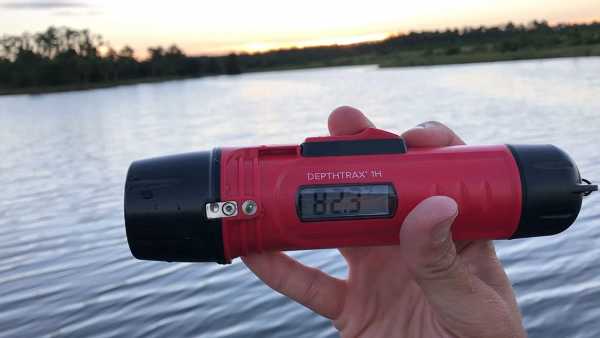Fishing is fun, but it leaves you in a dilemma when you want to find the best tool for fishing. Both accessories are essential in a professional fishery. However, the question revolves around the differences between the two. This article will help you understand when to use a fish finder versus a depth finder.
Fishfinder vs Depth finder (Differences)
- Proficiency
When using a fish finder, you will notice that it comes with reduced depth. It is only possible to detect small objects and fish underneath the water with background less noise with its depth. Fish finders also use high-resolution echo to detect fish in water.
Additionally, a fish finder is some depth finders that use a transducer to measure the depth of the water and give you perfect images for items in the water.
On the other hand, depth finders measure the depth of a particular region. It is an essential tool as it determines water depth by measuring the time required for sound. In other words, a depth finder gives an image of the depth information.
- Frequencies
The depth finder has a unique feature when it comes to frequency. The tool uses a beam angle of about 35 degrees. It also uses 50 kHz as its low frequency, which travels deep to measure the depth of the water.
A fish finder uses a beam angle of about 6 to 22 degrees. With a 200KHz range, the device offers a highly high-resolution echo, giving you a great representation of the surrounding area.
There is a slight difference between the two. It would be best if you never used the fish finder as a depth finder or vice-versa. With the above information, you can clearly state that a fish finder determines location while a depth finder determines depth. Also, a fish finder uses a transducer to facilitate its functionalities.





